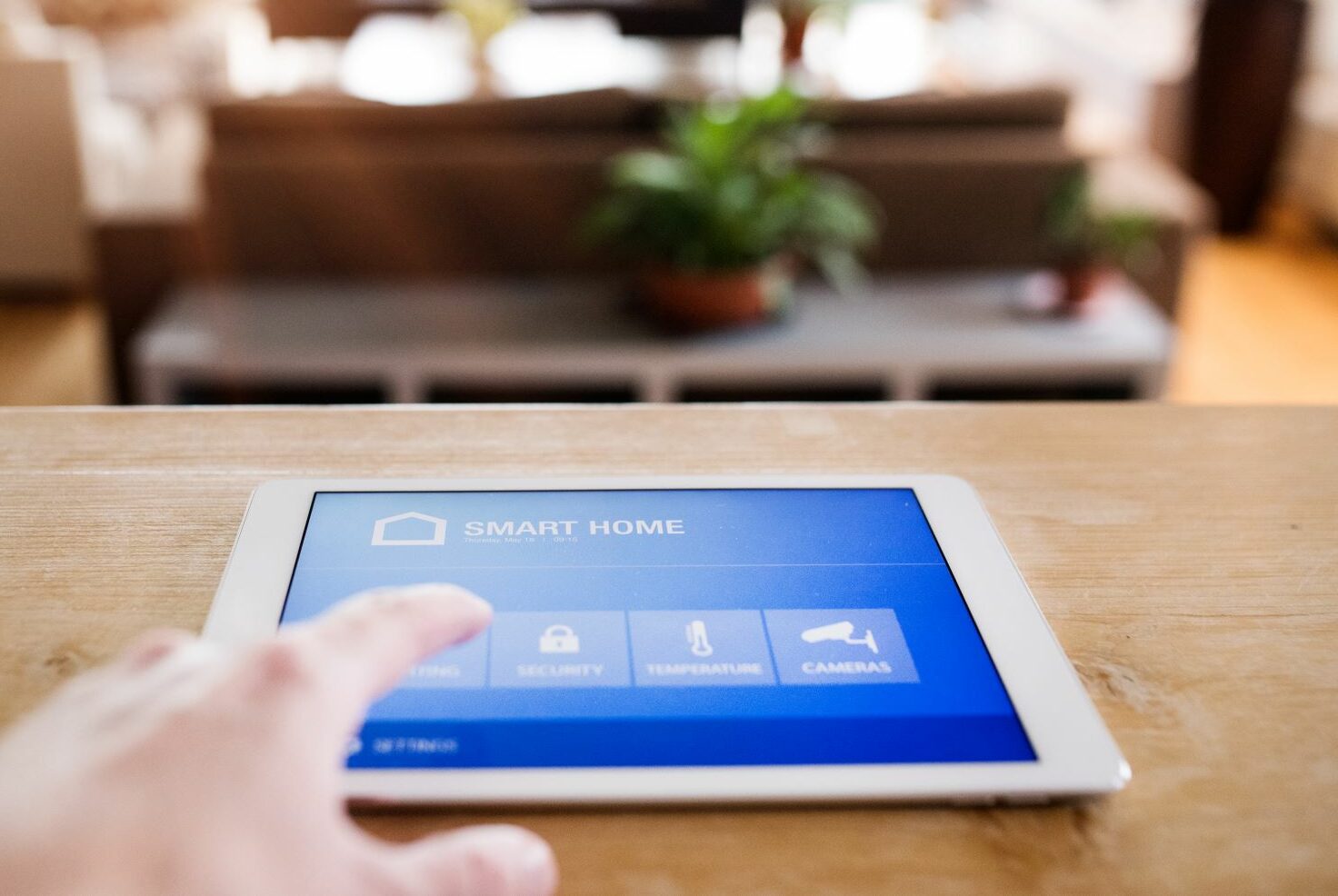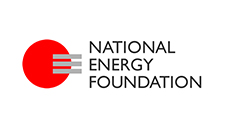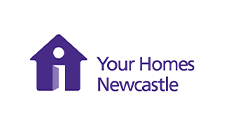Social housing providers needed a software platform to improve building performance and tenant well-being.
The number of IoT devices in 2021 will reach 46 billion, up 200% compared to 2016.
The amount of data being collected and ways of using this data for the benefit of the owners, occupiers, and managers of buildings is still in its early days. However, few software platforms currently exist that are able to collect and analyse this data.
Northumbria University academics, along with partners from BIM Academy and the National Energy Foundation, have been working with local housing organisation Your Homes Newcastle (YHN) to discover how its customers live in their homes and ways to improve them.
Solving the problem
The partners aimed to develop a software platform to provide meaningful, actionable advice to inform decisions about operation, use, design, and construction of their buildings.
By using occupant feedback, sensors, and design models building users can inform decisions to construct practical actionable advice.
One of the benefits of this system is that it can be customised, so for example an alert could be set up so that when the humidity in an individual flat or room goes above a certain level the building owner or occupant would be notified.
Dr. Kay Rogage, Research Fellow in Digital Living at Northumbria University
With permission from customers, sensors were placed in seven apartments. They monitored factors such as electricity usage, room temperature, humidity, light and how householders move around the rooms within the building.
This can be used to understand how customers use buildings, provide alerts and advice which will help them live more comfortably, and influence the design of buildings to better reflect customers’ requirements.
Key outcomes
This application has immense value to social housing providers for both new and existing building stock. It can compare ‘as design’ performance against ‘in use’ to highlight performance gaps and their cause. It can also compare performance before and after building improvement work takes place, to quantify success and value for money, and enable proactive maintenance regimes based on the feedback provided by the platform.






